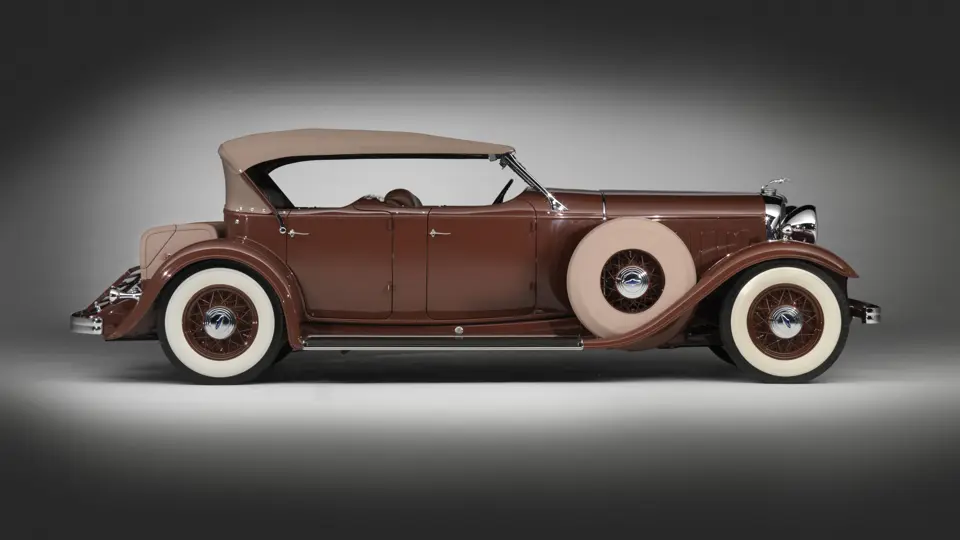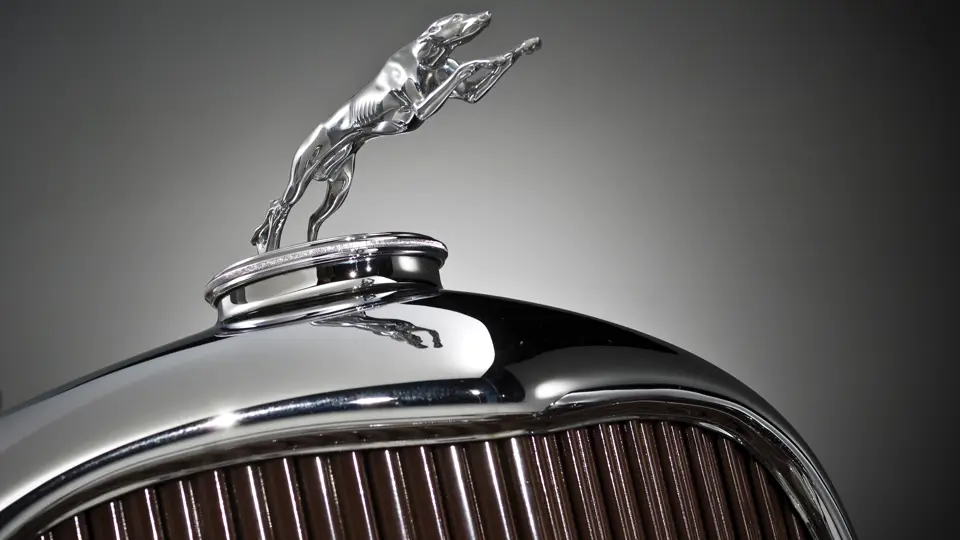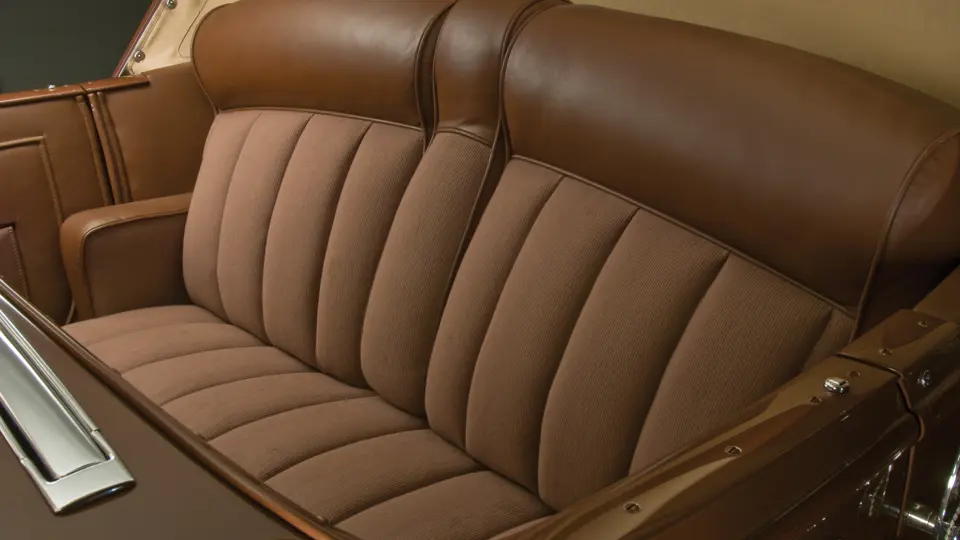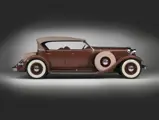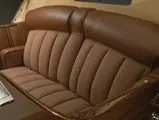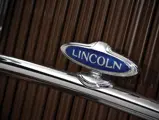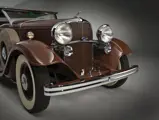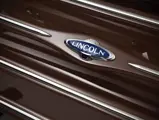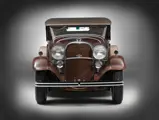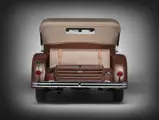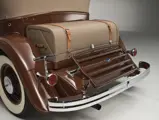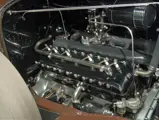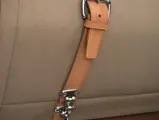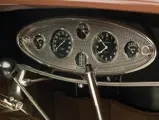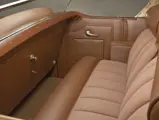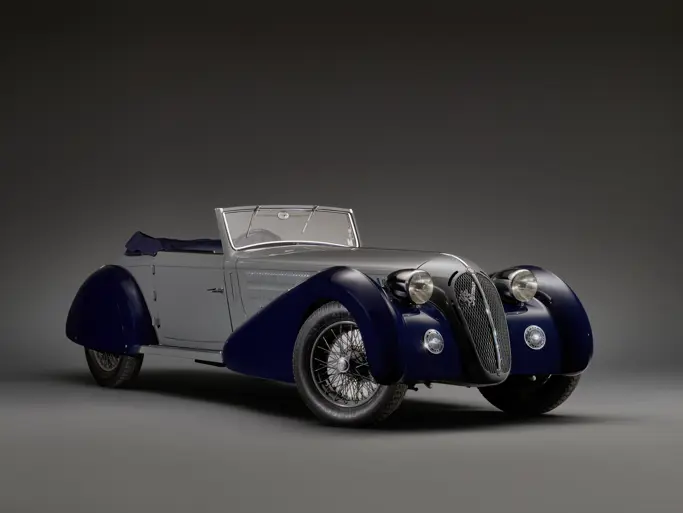150 bhp, 447.9 cu. in. L-head V-12 engine, three-speed manual transmission, solid front axle and live rear axle with semi-elliptic leaf springs, four-wheel mechanical brakes. Wheelbase: 145"
• Coachwork in the style of Brunn
• Lincoln’s 1932 show car, built especially by Brunn
• Professionally reconstructed body by Fran Roxas to Hermann Brunn design
• Double award-winner at Pebble Beach 2003
• Stunning, one-off and very sporting design
Lincoln, the flagship of Henry Ford’s automotive empire, was run by his son Edsel, a man with impeccable taste and an exquisite sense of design. Each year, Lincoln exhibited on the auto salon circuit some of its catalogue customs and a number of one-off creations designed and built especially for the shows. KB1367, designed and built by Brunn & Co. of Buffalo, New York, was created especially for the 1932 salons.
Edsel Ford’s fine eye for design moved Lincoln away from the “perpendicular” themes Lincoln founder Henry Leland had imposed on his cars. The younger Ford contracted with Judkins, Fleetwood and Brunn for a variety of styles. Arrangements with LeBaron, Willoughby and Murphy followed soon afterwards. Of these, the coachbuilder with the longest relationship with Lincoln was Brunn.
Hermann A. Brunn, who had apprenticed with his uncle in the carriage trade, set up his own company at Buffalo, New York in 1908, specifically to build automobile bodies. Brunn’s first commissions were one-offs on prestige chassis, many of them for luminaries of the day. Brunn’s first automaker customer was Lincoln, even before the Ford takeover. Introduced to Leland by a friend, Hermann Brunn went to Detroit with his design engineer and produced 12 drawings of styles to be produced by Lincoln’s local body suppliers. The sale to Ford happened shortly afterwards, and Brunn, who already knew the Fords, was ideally situated to continue with Lincoln. At his peak of production, Brunn was turning out some 20 bodies a month, most of them shipped to Lincoln. Brunn was one of the longest-lived of coachbuilders, remaining in business until 1941. Notable Brunn commissions include the “Sunshine Special,” Franklin Roosevelt’s famous 1939 Lincoln K, updated in 1942 and used by the White House until 1951.
Lincoln’s 1932 exhibit for the auto salons comprised four KB cars, a Brunn Double Entry Sport Sedan, a Rollston Seven-Passenger Town Car, a LeBaron Town Cabriolet and KB1367, this Brunn Double Windshield Phaeton. Not a dual windshield phaeton in the usual sense, it has two steeply-raked windshields and an exceptionally sporting, low-slung appearance. Indeed, this was a remarkable display of Lincoln motor car construction. Most enthusiasts agree that the ’32 KB was the epitome of brilliance, as the design was exceptional, and every material used was of the highest quality. In fact, production numbers were at most one-third of what Packard was building while the price was significantly higher. The average Lincoln buyer was also particularly wealthy, albeit conservative. Bankers and CEOs chose such luxury cars, so one must consider the amazing display of coachwork at the 1932 show. The Brunn double-windshield four-place phaeton, in particular, was fabulously unique and extraordinarily sporting, going against the grain of typical, tasteful Lincoln conservatism.
The late Lincoln historian Richard Towers, who spent years carefully researching custom-bodied 1931-1939 Lincolns, documented that after the show circuit KB1367 was sold to its first owner on June 7, 1932 and delivered to Long Beach, California.
KB1367 was acquired by the current owner, a discriminating private collector, from William Ruger, Jr. several years ago. Ruger, son of the founding partner of firearms manufacturer Sturm, Ruger & Co. and chairman of the firm until his retirement, had purchased it about 15 years earlier from noted West Coast Lincoln collector Harry Andrews. Andrews’ special fondness was factory show cars, and his collection included Edsel Ford’s famous Murphy-bodied disappearing top roadster, KB11, along with one of the largest collection of 1932 KBs ever amassed. He considered this particular car one of the few truly one-off, custom KBs built, and as his own restorations were carried out in Long Beach, its original delivery to this city certainly attracted him to the car. As acquired by Andrews and sold to Ruger, KB1367’s body was incomplete, reportedly from the doors back.
Andrews himself undertook the restoration for Ruger and located Hermann C. Brunn, son of the Brunn & Co. founder. The younger Brunn, who had apprenticed with Kellner in Paris, worked for his father until joining Ford Motor Company after the family firm closed. Andrews asked Brunn, who had designed the original body, to assist in reconstruction of the missing parts. Brunn personally came to California with the original blueprints for the car. George Armour of Pasadena, an exacting craftsman, was engaged to carry out the work and completed the body and top assembly to the specifications used originally in constructing the car. The front cowl and windshield are believed to be the original items.
Ruger was anxious to have the car completed for the Pebble Beach Concours d’Elegance in 2003, when several tribute awards and a celebration of the centennial of the Ford Motor Company were scheduled. Renowned Chicago-area restorer Fran Roxas, known for his perfection, agreed to meet the deadline, and the car was moved to his shops where the recreation of the original body was completed to his exacting standards and, again, with the use of the aforementioned blueprints. The end result was a testament to Roxas’s standards, and KB1367 won Best in Class for prewar Lincolns and the Most Significant Design award, presented by Ford Motor Company. It also completed the 50-mile Pebble Beach Tour d’Elegance prior to the show.
Painted in the original color of Belmont Brown, KB1367 has been carefully maintained to high-point standards since its Pebble Beach appearance. Indeed, by today’s standards, the restoration alone would require a seven-figure investment. Among the most significant Lincolns extant, it is unique in provenance and stunning in appearance. In the grand scheme of CCCA classic cars, this 1932 holds a vaunted position all its own, and true connoisseurs will recognize its importance immediately from the one-off design. It is quite simply one of the most attractive 1932 Lincolns KBs ever built.




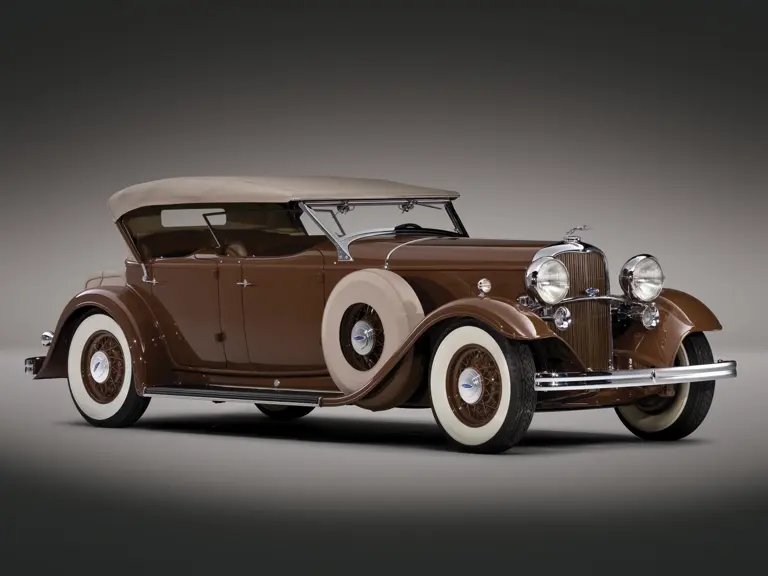
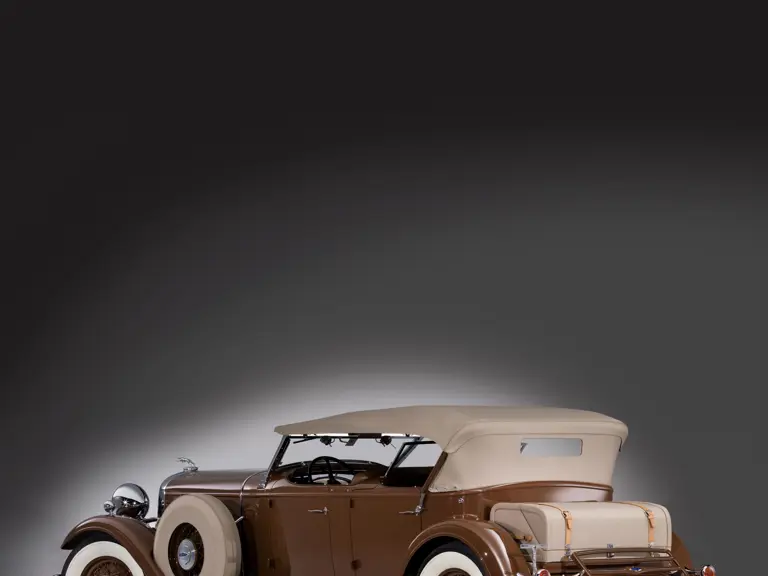
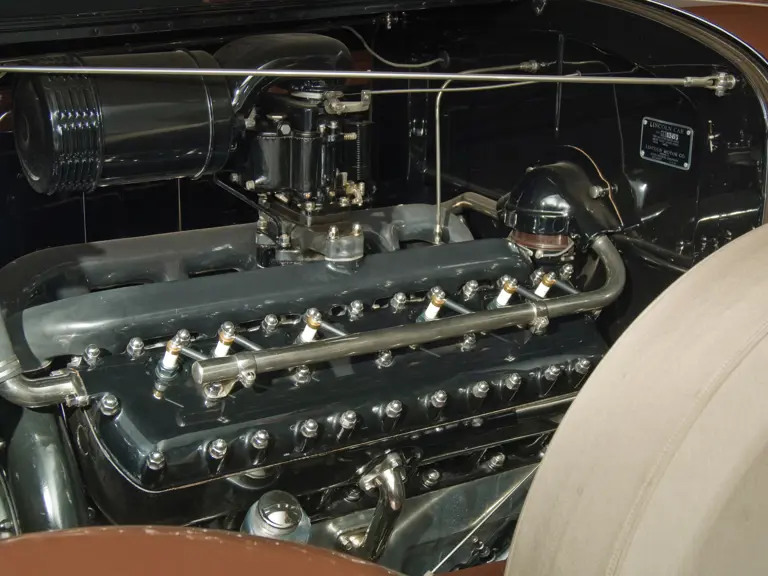
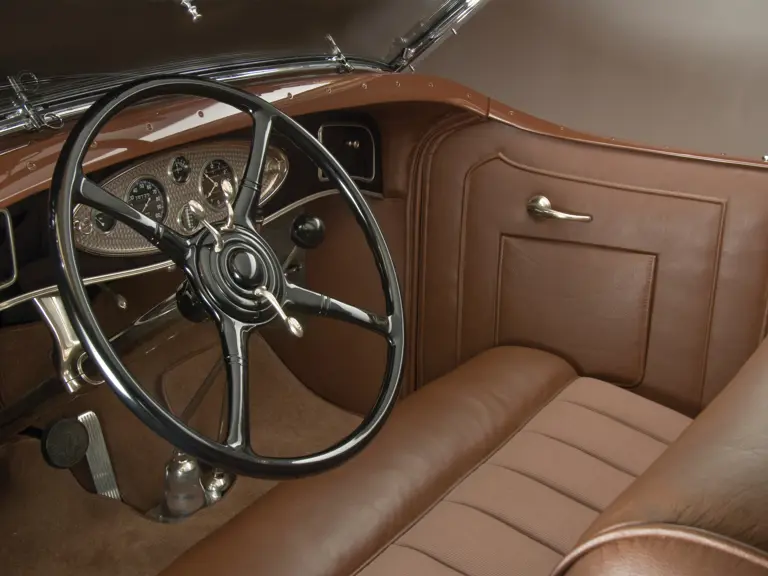
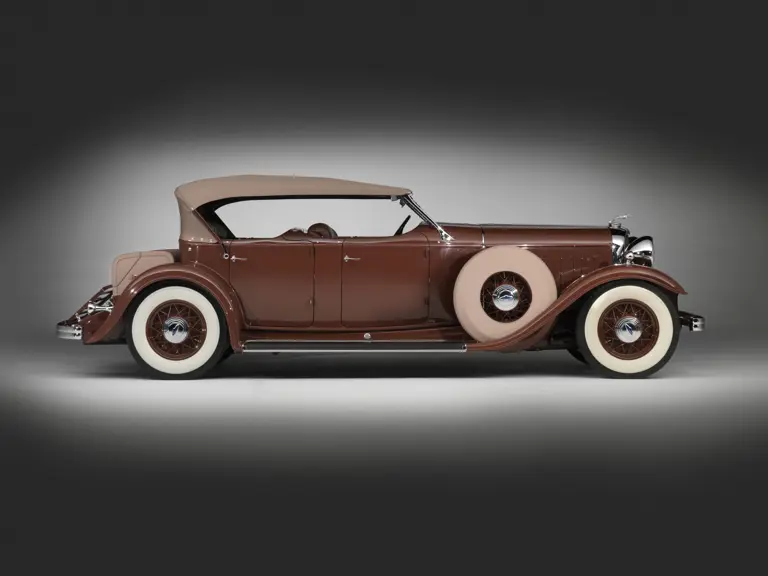
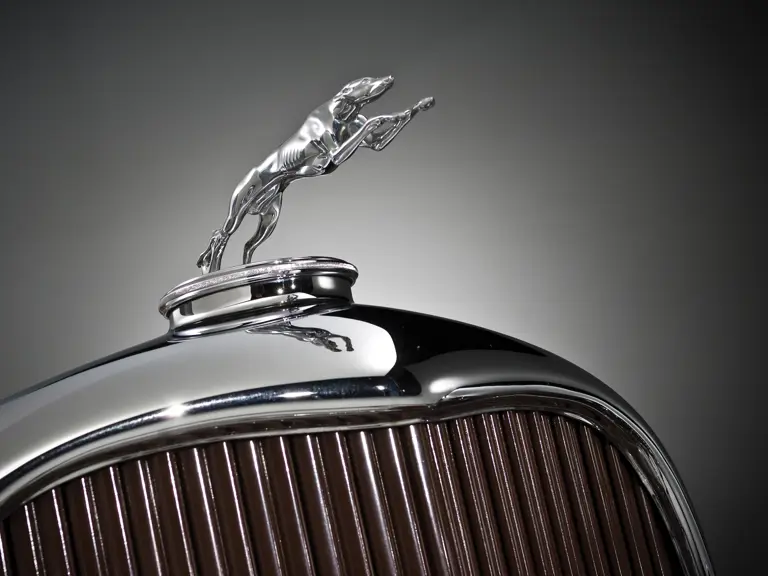
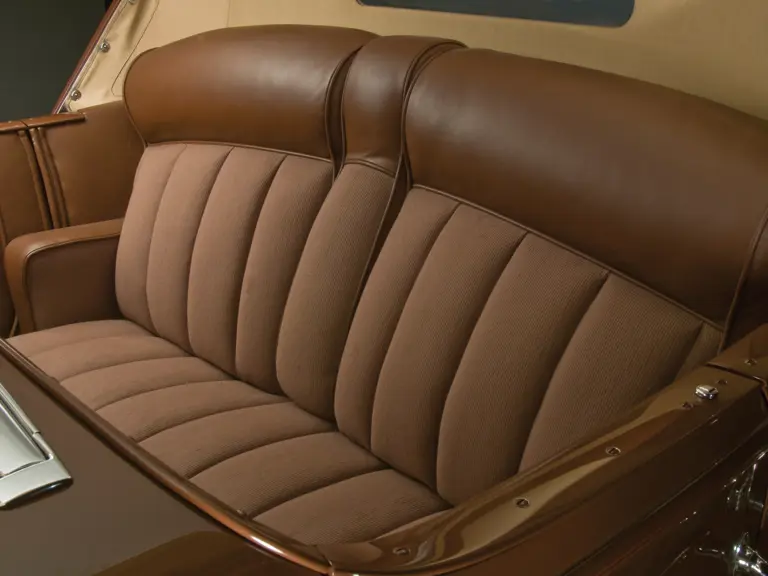
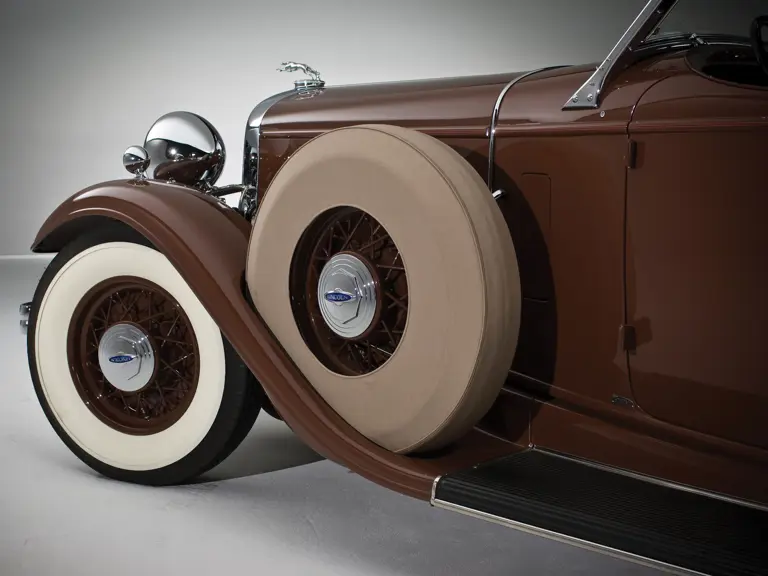
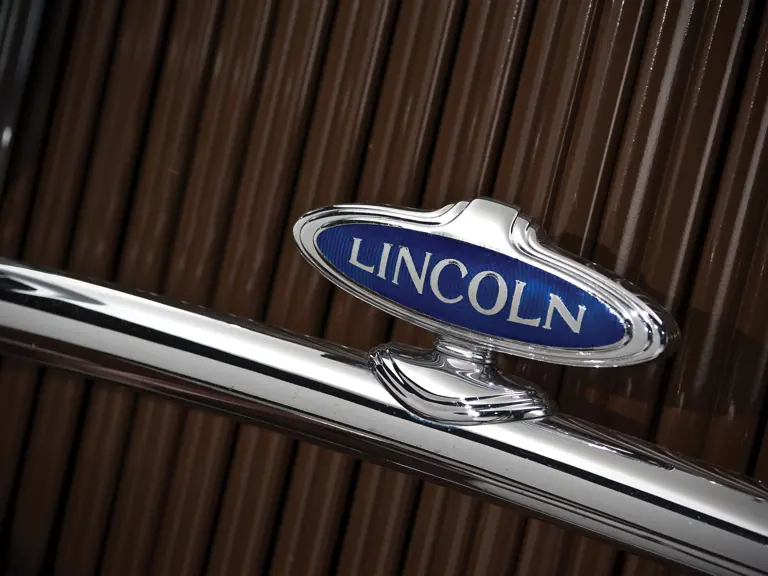
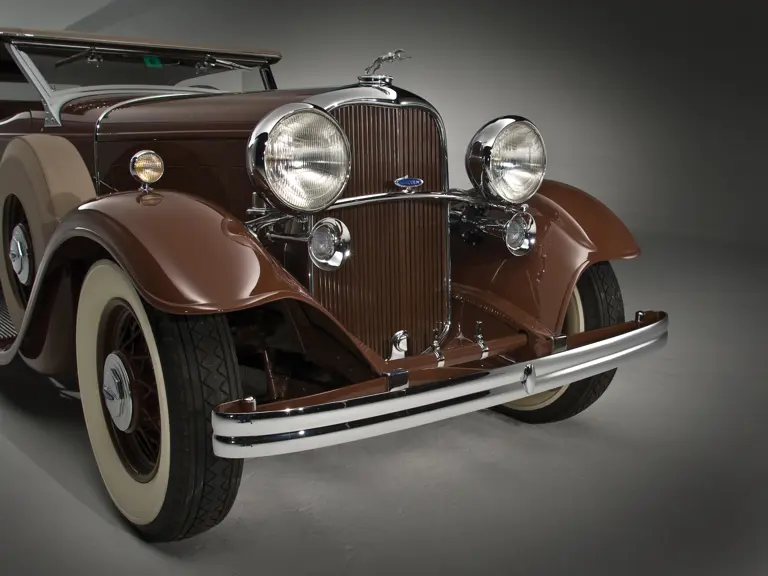
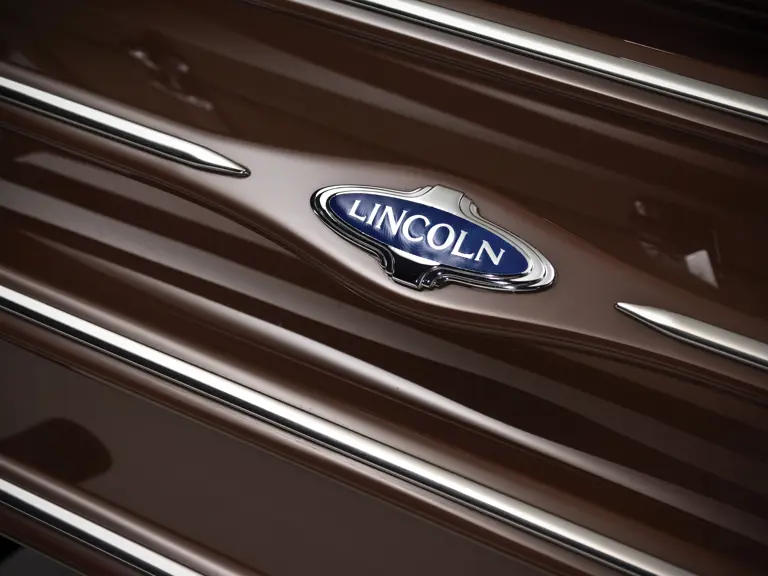
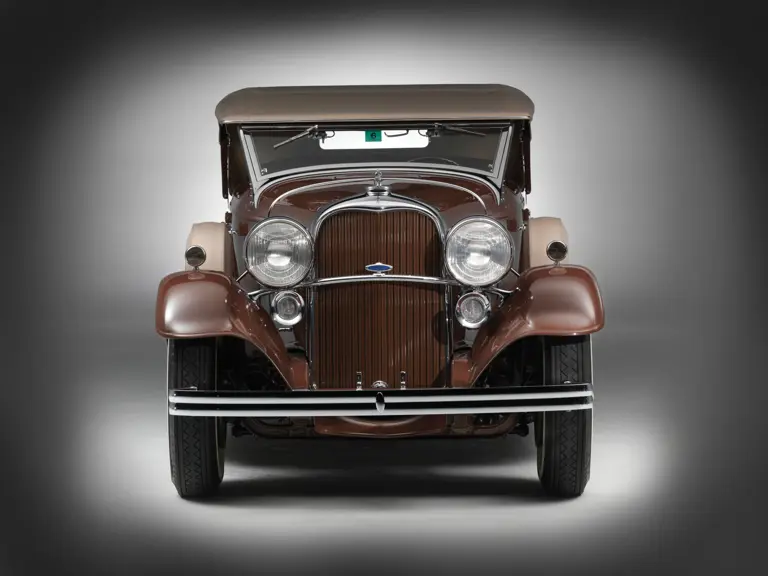
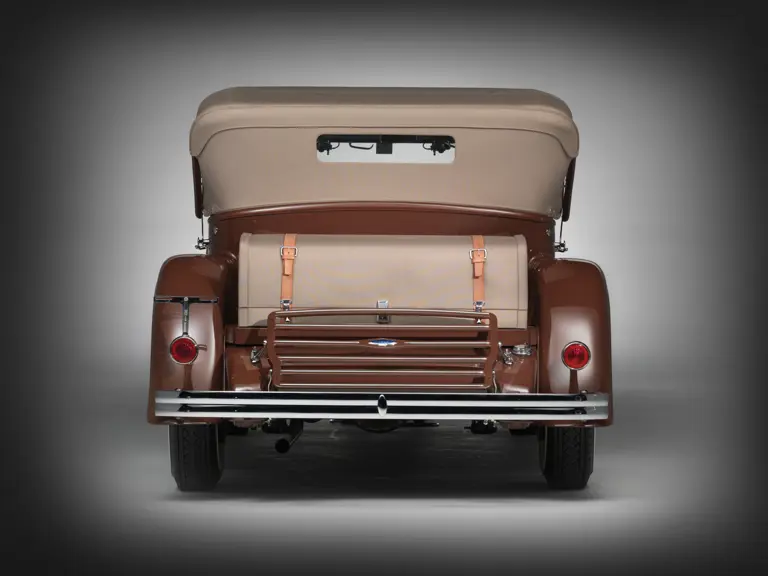
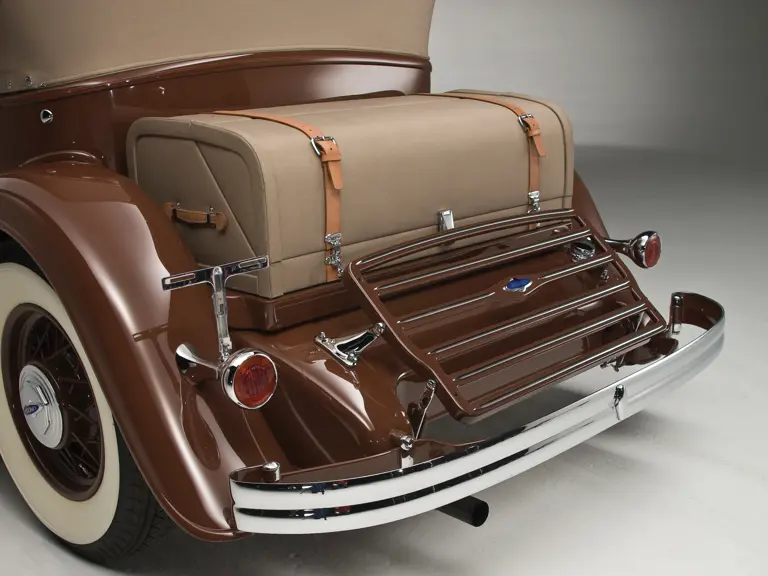
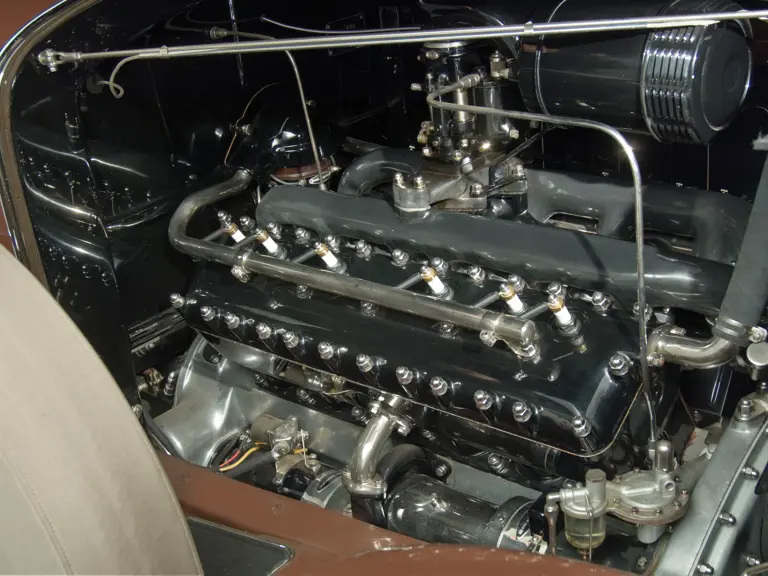

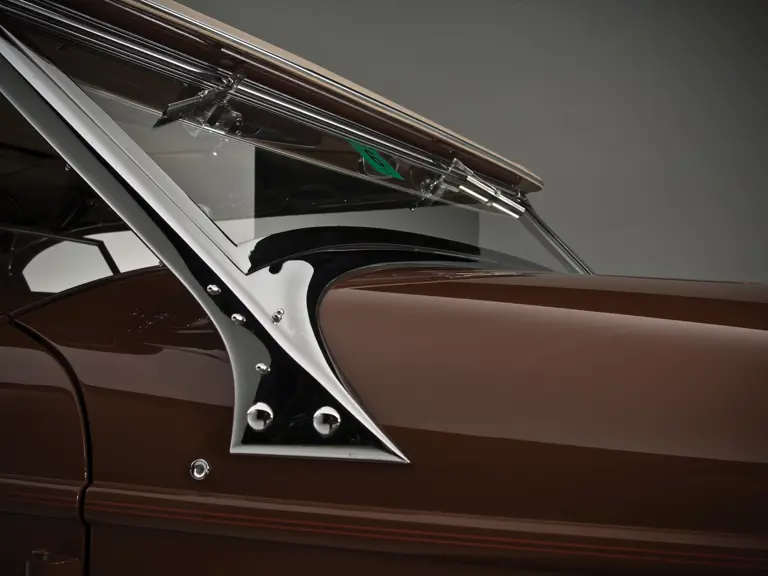

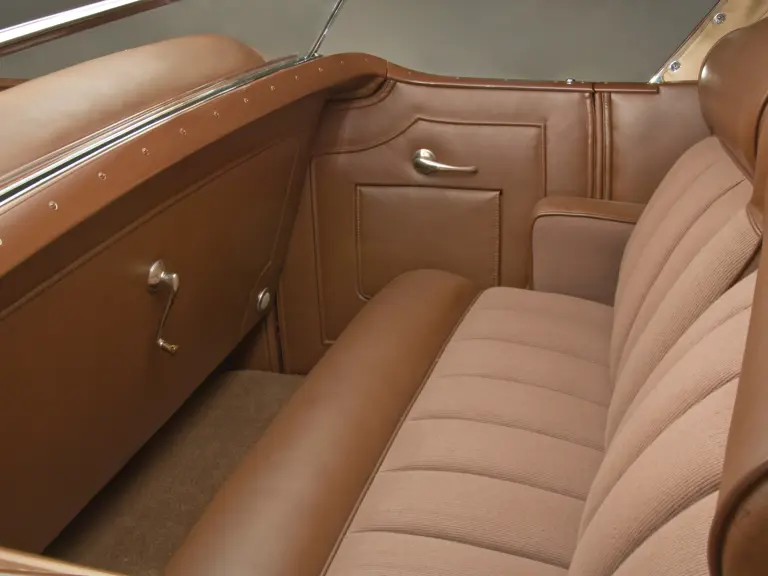
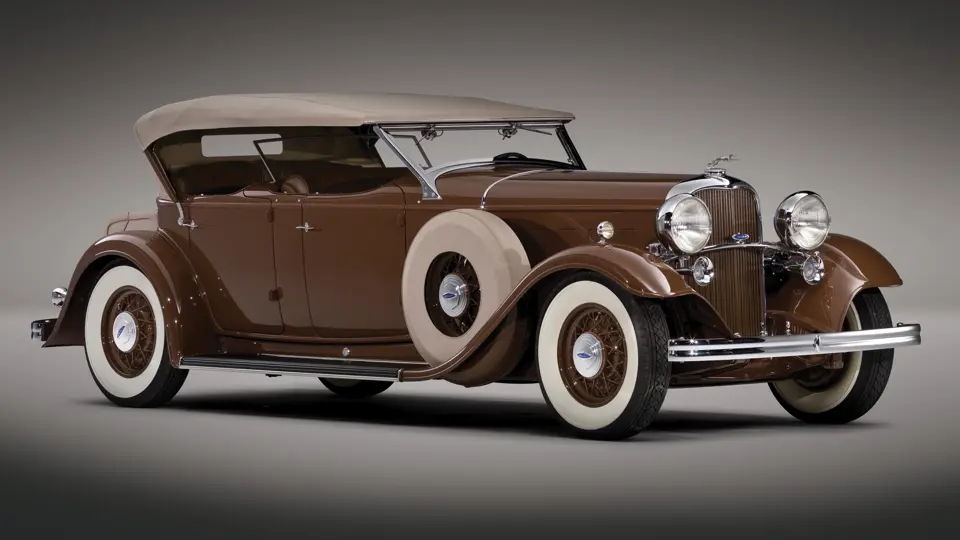
 | Phoenix, Arizona
| Phoenix, Arizona
